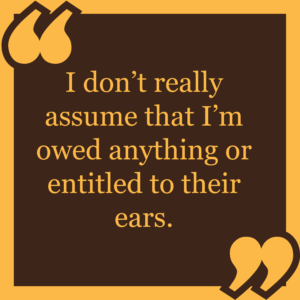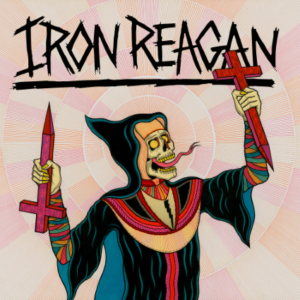 Artist: Iron Reagan
Artist: Iron Reagan
Album: “Crossover Ministry”
Label: Relapse Records
Format Reviewed: Digital Advance
Lyrics of Note:
Strangers suggesting I keep my voice down
Just because it’s 5 am
Not my problem or fault you picked this place to live
Thrash meets hardcore meets punch-you-in-the-face politics. That’s Iron Reagan’s third album, “Crossover Ministry,” in a nutshell. A very angry, impossible-to-crack nutshell.
Improbably paced (18 songs in 30 minutes… say what?!?!), “Crossover Ministry” tears into your ears out of the gates and never lets up. Singer Tony Foresta viciously delivers his vocals, a relentless lyrical rage that resembles a passionate general going to war, while guitarists Mark Bronzino and Landphil Hall raise a 30-chord-salute that seems too merciless to be catchy, but the revolving riffs defy that logic, particularly on tracks “Grim Business” and “Bleed the Fifth.”
“Crossover Ministry” is fuel for the adrenal glands. If you can listen to the album and not want to go out and accomplish something of great personal importance, then you need to find a better outlet for your anger. Iron Reagan has. Use what they have given you constructively!


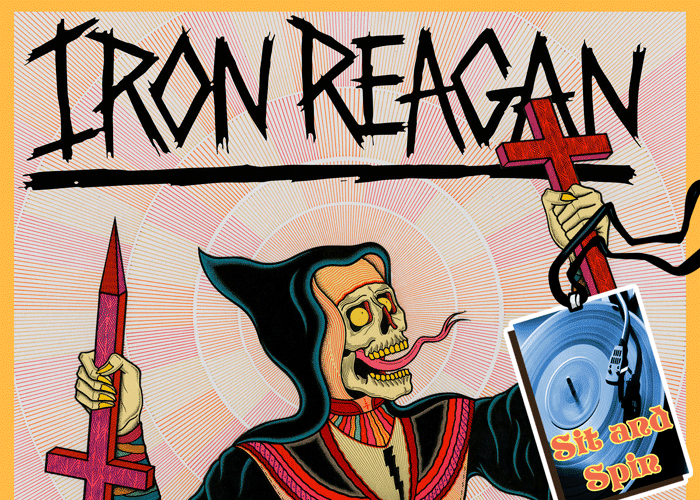
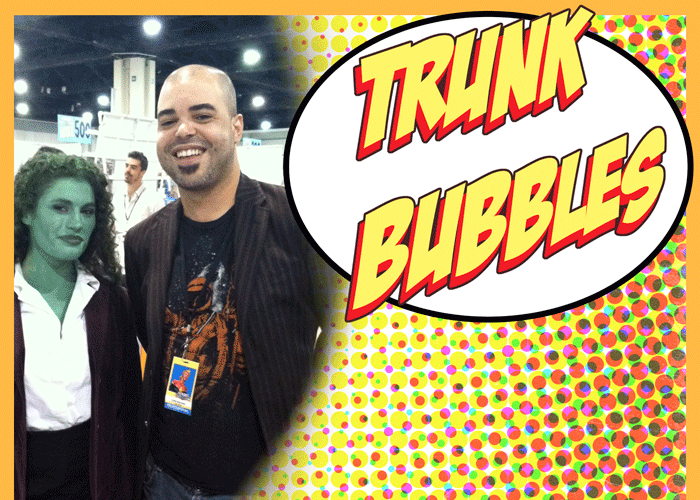
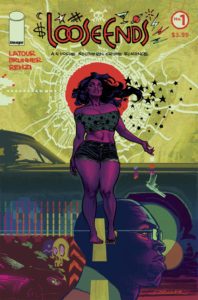 Name: Chris Brunner
Name: Chris Brunner it. A second benefit is that “Southern Bastards,” and it’s success, provides us a handy reference point; “Loose Ends” is a different animal, but if you like Bastards, you’ll like this.
it. A second benefit is that “Southern Bastards,” and it’s success, provides us a handy reference point; “Loose Ends” is a different animal, but if you like Bastards, you’ll like this.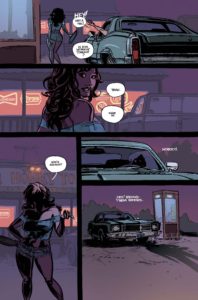 TrunkSpace
TrunkSpace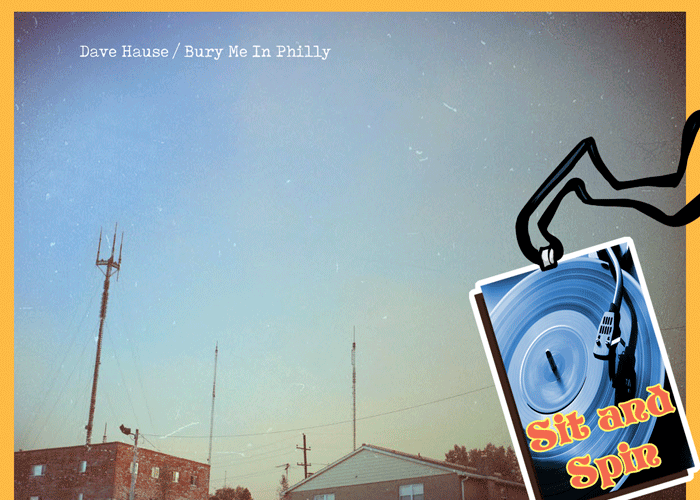
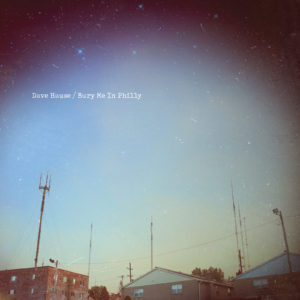 Artist: Dave Hause
Artist: Dave Hause
 Artist/Band: Jae Ari
Artist/Band: Jae Ari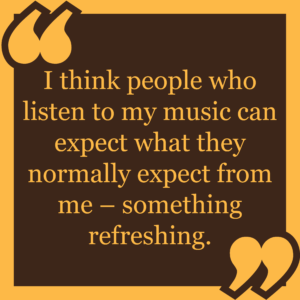
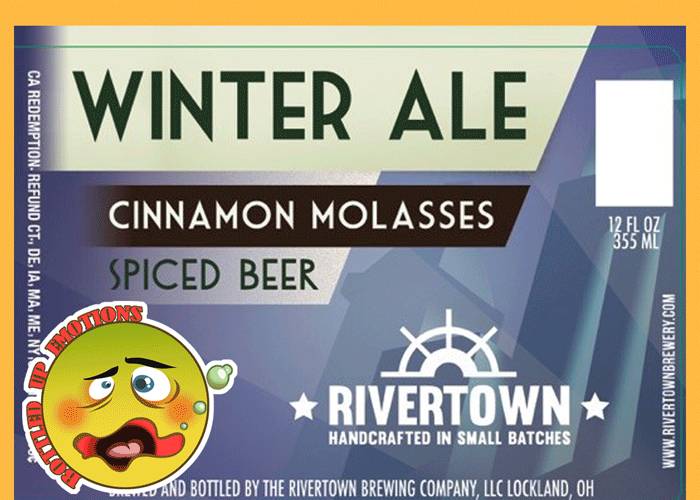
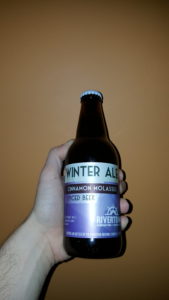 Brewer:
Brewer: 
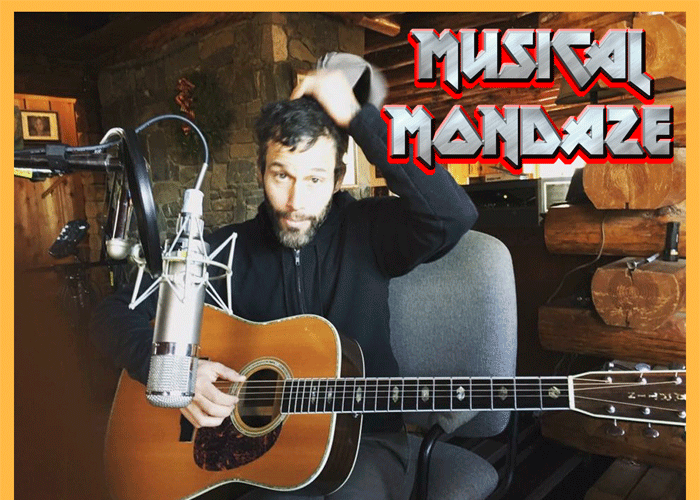
 You don’t have to be in a funk just because it’s Monday. Instead, get funky!
You don’t have to be in a funk just because it’s Monday. Instead, get funky!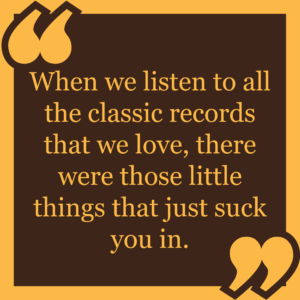 aspect and look at it from sort of both sides of the studio glass in terms of a POV?
aspect and look at it from sort of both sides of the studio glass in terms of a POV?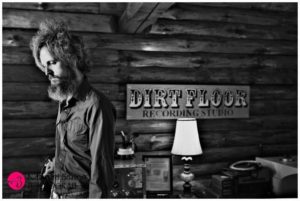 TrunkSpace: Doc Martens and flannels?
TrunkSpace: Doc Martens and flannels?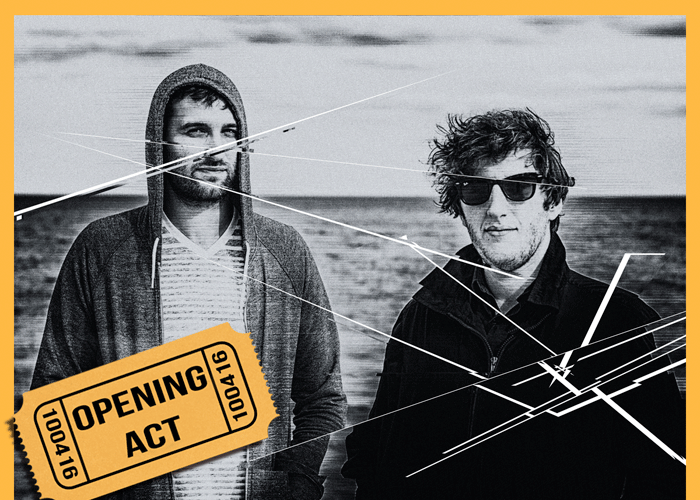
 Artist/Band: Arms and Sleepers
Artist/Band: Arms and Sleepers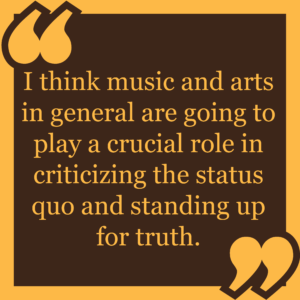 listen to that voice, do you feel it’s necessary to speak out about what is going on in this country… a country that took you and your family in and is now closing its borders to many in a similar set of circumstances?
listen to that voice, do you feel it’s necessary to speak out about what is going on in this country… a country that took you and your family in and is now closing its borders to many in a similar set of circumstances?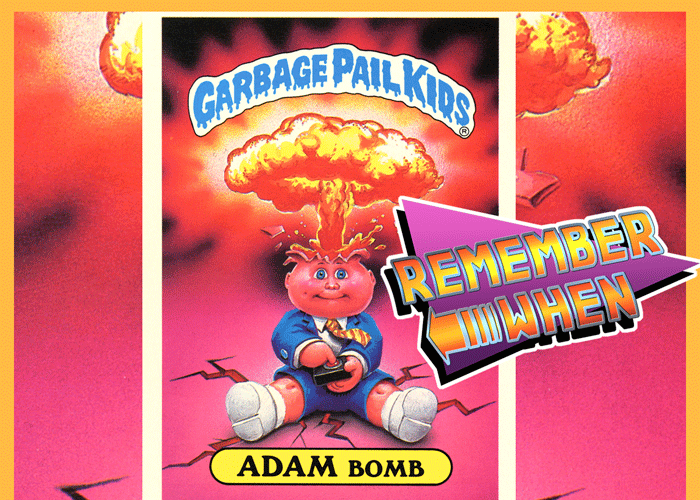
 It’s that time again. Let’s sit back, relax, and take a trip down memory lane with those individuals who inadvertently played a role in our childhood. This time out we’re chatting with John Pound, artist of the legendary Garbage Pail Kids sticker line for Topps. With between 500 and 600 of the characters under his artistic belt, his work has been treasured by kids (and adults) for generations.
It’s that time again. Let’s sit back, relax, and take a trip down memory lane with those individuals who inadvertently played a role in our childhood. This time out we’re chatting with John Pound, artist of the legendary Garbage Pail Kids sticker line for Topps. With between 500 and 600 of the characters under his artistic belt, his work has been treasured by kids (and adults) for generations.  music of the time. Was that something you were consciously aware of while working on the line… the idea that your artwork was being seen as something that could “poison” the minds of kids? And, was there ever any push-back from Topps to, I guess, purify the line in some ways to appease the parental masses?
music of the time. Was that something you were consciously aware of while working on the line… the idea that your artwork was being seen as something that could “poison” the minds of kids? And, was there ever any push-back from Topps to, I guess, purify the line in some ways to appease the parental masses?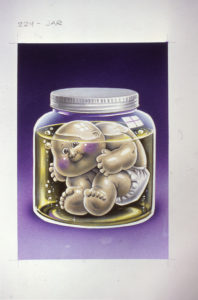 TrunkSpace: Were there any characters or designs that you worked on back in those early days that were deemed too disgusting or controversial to move forward with?
TrunkSpace: Were there any characters or designs that you worked on back in those early days that were deemed too disgusting or controversial to move forward with?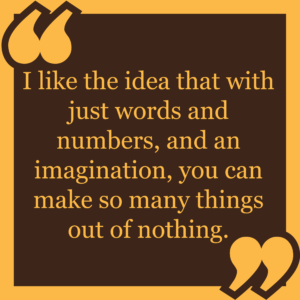
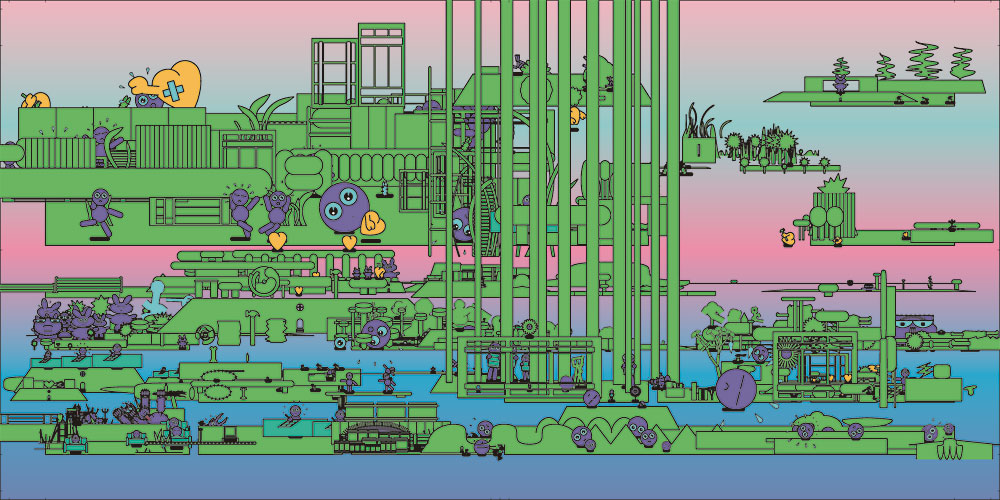
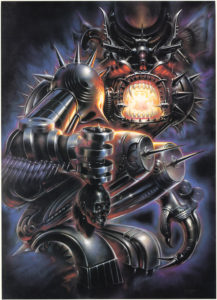 TrunkSpace: Finally, before you go, John, what can people be on the lookout for this year in terms of your art and what is the best way for people to follow the latest?
TrunkSpace: Finally, before you go, John, what can people be on the lookout for this year in terms of your art and what is the best way for people to follow the latest?
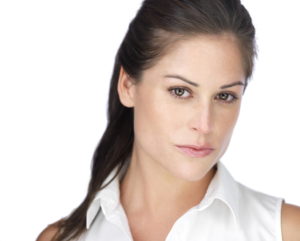 For many of us who consume pop culture, the actors who appear in commercials are as recognizable as those who star in our favorite big budget popcorn pictures. Unlike the A-list celebrities, however, we rarely get to hear from those performers who woo us in 30 seconds or less. TrunkSpace is looking to change that with Trunk ADventures, our regular feature spotlighting the recognizable faces and voices of the commercials that infiltrate our lives.
For many of us who consume pop culture, the actors who appear in commercials are as recognizable as those who star in our favorite big budget popcorn pictures. Unlike the A-list celebrities, however, we rarely get to hear from those performers who woo us in 30 seconds or less. TrunkSpace is looking to change that with Trunk ADventures, our regular feature spotlighting the recognizable faces and voices of the commercials that infiltrate our lives.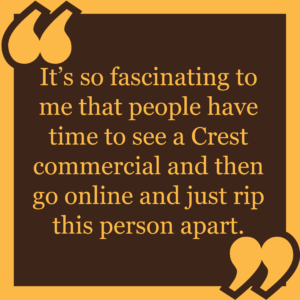
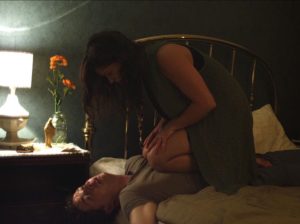
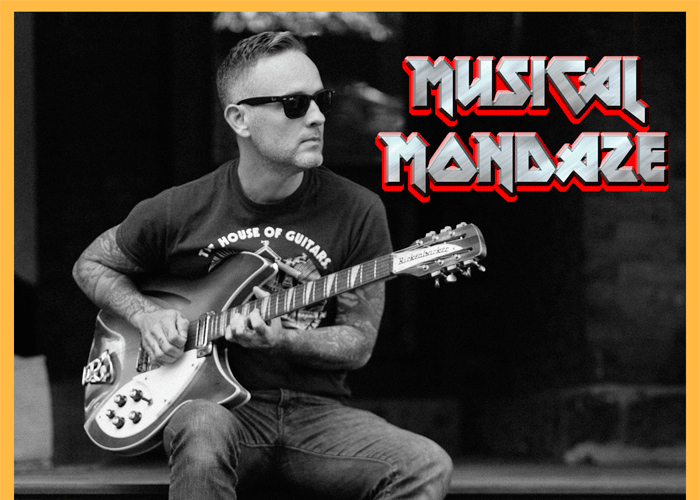
 You don’t have to be in a funk just because it’s (feeling) like a Monday. Instead, get funky!
You don’t have to be in a funk just because it’s (feeling) like a Monday. Instead, get funky!